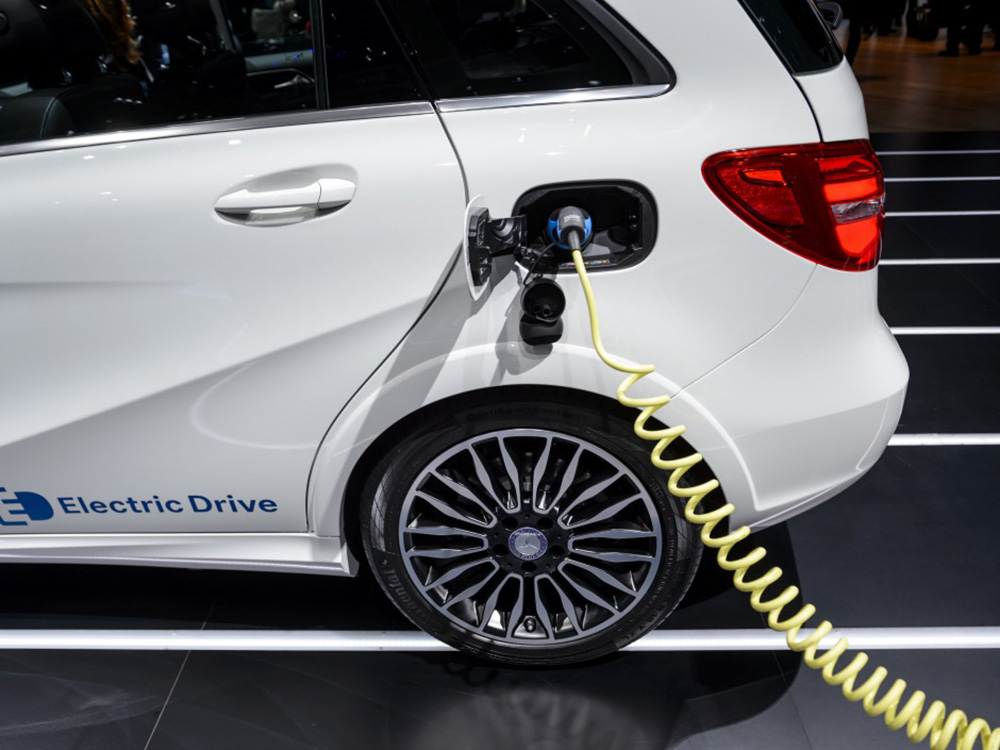Oslo- The Norwegian capital is suffering from a problem, which may be raising discontent and dissatisfaction in other environmentally-aware cities. The problem is that Oslo’s residents are buying a lot of electric cars, so that the local government can hardly cope with them.
In fact, the Association of Electric Vehicles is seeking to discourage drivers from buying electric cars, if they do not have the capacities of charging them at home.
Peter Hogniland, a spokesman for the Electric Vehicles Association, said the local authorities did not deploy a sufficient number of charging stations to keep up with the number of the sold electric cars.
He added that the rate of newly registered electric and hybrid vehicles reached 35 percent, noting that one in three cars sold in Norway is electric. This rate hits 40 percent in Oslo. The Greater Oslo Region has witnessed the registration of over 50,000 electric cars, and 30,000 hybrid car, according to an official from the capital’s Urban Environment Agency.
Meanwhile, there are only 1,300 domestic charging stations for electric vehicles. The official said: “we are doing our best. Every year, charging stations grow to more than 26 percent, however, the number of electric vehicles has increased by more than 100 percent, and the gap is getting wider.
The Norwegian news agency explained that the main reason behind the boom of electric cars is the financial privileges provided by the government, including the suspension of the value added tax (VAT) and customs fees on the exported cars and engines. This means that the electric version of many cars is cheaper than the traditional ones with internal combustion engine (ICE).
Hogniland says: “In Norway, you pay over 250,000 Norwegian krone ($31,475) for an electric Golf car, and over 300,000 krone for a gasoline-powered Golf, and here is the difference.”
All these privileges aim at fulfilling the ambitious commitment that by 2025, all newly registered vehicles in Norway must be zero-emission vehicles.
This goal can be achieved by using the “carrot and stick” approach: the carrot takes the form of tax exemptions for those who drive electric vehicles, while the stick is the taxes and high gasoline prices for those who stick to fossil fuels.
